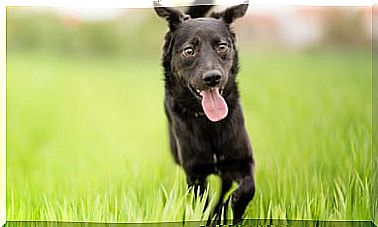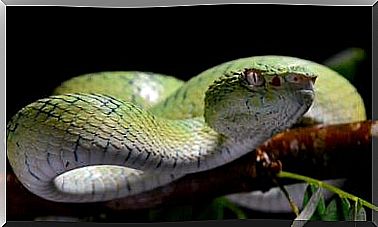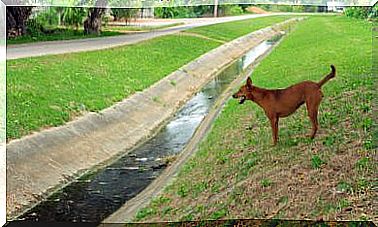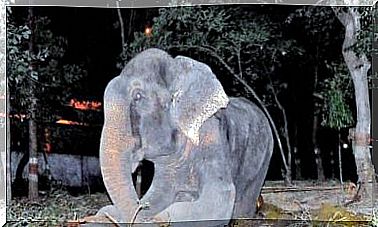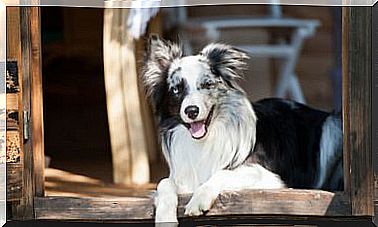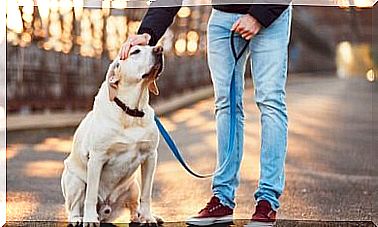Types Of Aggression Of Dogs

Currently, the different forms of aggression of dogs have been identified and categorized. However, there is consensus that canine aggression does not appear, in practice, under a single category.
The common thing is that several types of aggression occur together in the dog. Additionally, an aggressive dog can have other behavior problems as well. This can sometimes complicate diagnosis and treatment.
It is important to keep in mind that aggressiveness is a natural social behavior for dogs. Thanks to her, a hierarchy is established among the members of a pack. With this in mind, it is necessary that at home, we do a careful management of this instinct to avoid a problem that makes living together difficult.
The irreplaceable maternal education in the management of aggressiveness
It is important to highlight that aggressive behavior is inhibited, redirected and controlled. The first teacher of this management is the mother of the cubs, during the imprint. For this reason, it is so important not to separate the mother from the litter during the first weeks of life.
In this period, the puppy is sensitive to this learning. The mother will try to establish patterns of behavior in the puppies similar to her own. In this way, you will teach them to inhibit biting, to adopt the submission posture, to socialize with their siblings without going overboard and you will teach them in their own language.
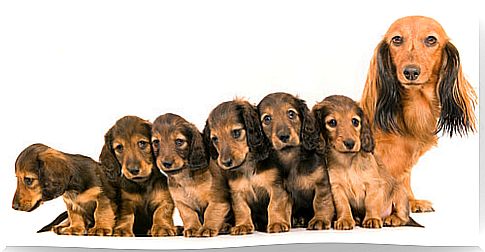
In this period, the puppy learns what the warning signs are and the consequences of not recognizing them. Each time, you will be punished when you insist or show little desire to learn.
Triggers for dog aggression
In the opinion of experts, beyond understanding the types of aggression in dogs, understanding the triggers of aggression is vital.
Unraveling what is the sequence of events and circumstances that occur before the dog becomes aggressive, in principle, depends on keeping detailed records that can begin to reveal a pattern.
It is very important to be able to reach an adequate treatment, for which it is vital to take the anamnesis at home. This allows you to observe the dog’s behavior, its gestural language and the triggering situations that trigger the aggression.
Health-related assault
It is important to highlight the importance of ruling out an organic cause as the cause of canine aggression. Health is believed to be the cause of 15% of the reports; the aggressive reaction may result from the fact that the dog is in pain or other ailment.
While pain may be easily detectable, you must consider other causes that are more difficult to detect at first glance. For example, in cases of hypothyroidism, hydrocephalus, intracranial tumors, epilepsy. Conditions such as viral, bacterial or toxic diseases that occur with brain disorders and neurological symptoms should also be ruled out.
Classification of non-health related aggression
Aggression can undoubtedly be classified into a wide variety of different types. However, according to the opinion of experts, the vast majority of cases that can reach the clinic can be summarized in three: aggressiveness due to dominance, territorial aggressiveness and aggressiveness due to fear.
Dog aggression by dominance
This is the most common and complex category of aggression. It is estimated that approximately one in five aggression problems presented to a veterinarian are related to dominance.
‘Domination’ aggression has a misnomer, as truly ‘alpha’ dogs tend to be quite tolerant of subordinate members of their pack. Most commonly, dominance aggression is expressed to those that the dog considers to be in a position close to its own.
By this means it is that the dog, who is not sure of his social role in his pack, uses aggressive behaviors to determine what is expected of him.
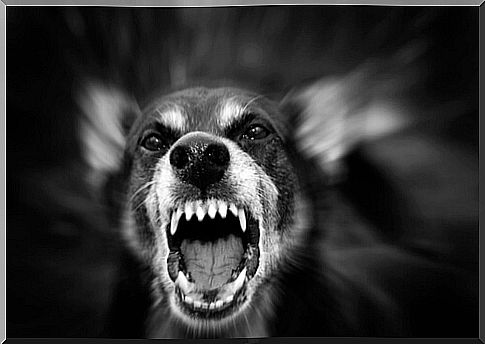
Aggression of dogs out of fear
This behavior occurs in insecure and low-character animals that, seeing that they will be touched by someone and have no possibility of escaping, feel cornered and bite. In general, they never produce serious bites, because they do not do it with conviction.
Their motive is to remove the stimulus that fear produces them. They are animals that should not be treated roughly. They need behavioral therapy and medication to overcome their phobias, and this should always be prescribed by a doctor.
Territorial aggression
We must emphasize that this is a normal behavior in the dog and, in many cases, sought by the owners when they want them to be guardians of their property.
Sometimes the animal exceeds this behavior and it is a problem that must be solved. This is the case of animals that try to attack visitors, postmen and anyone outside the family nucleus. The education of the dog from puppyhood is the best prevention to avoid this situation.

